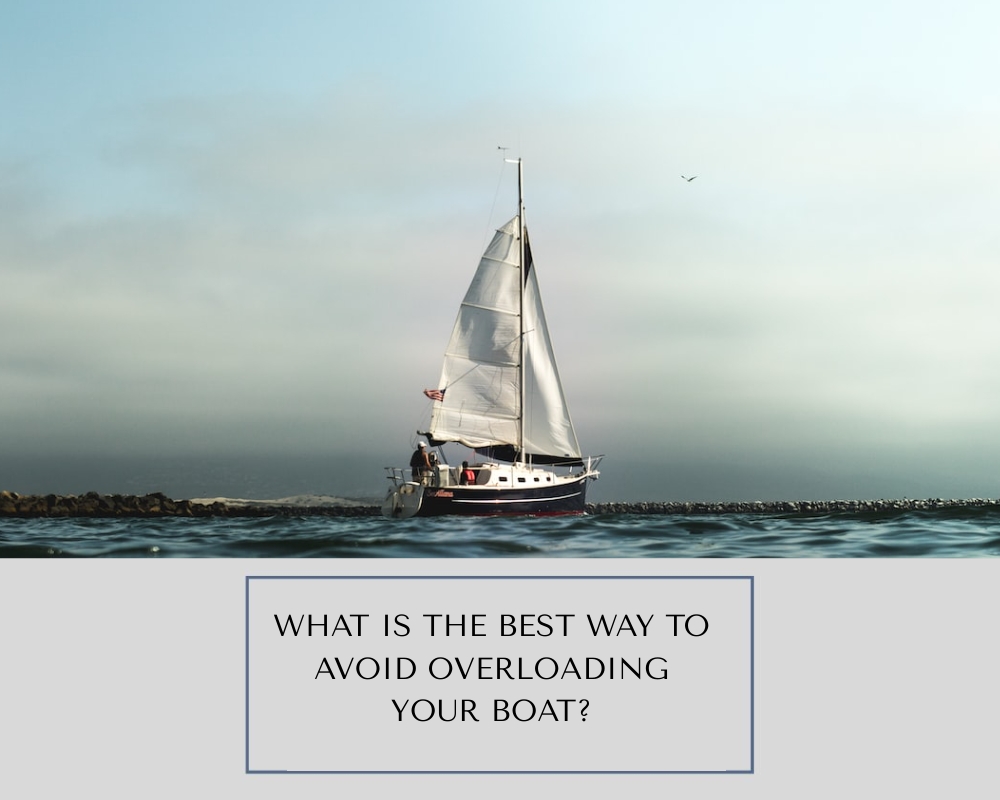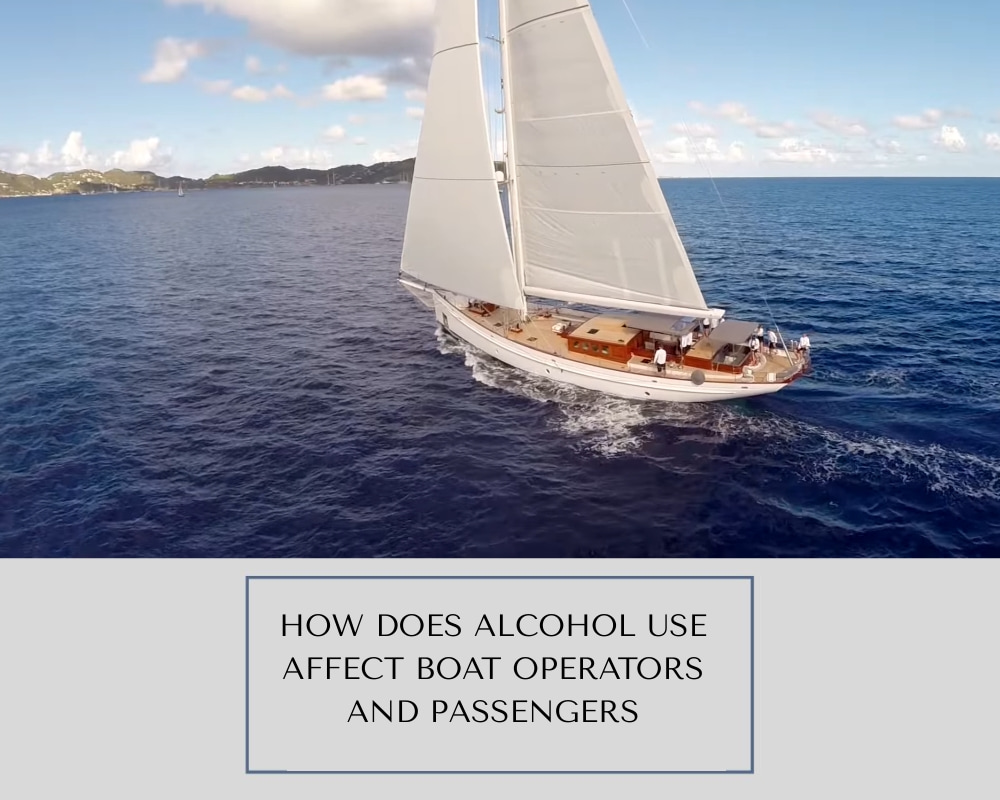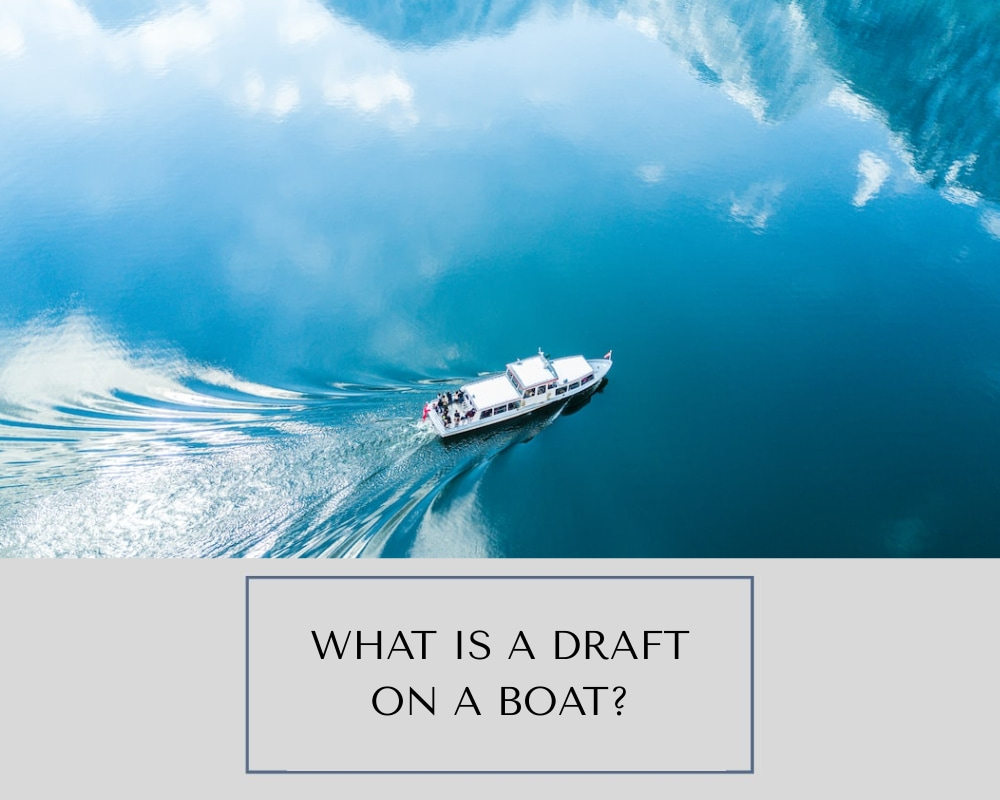Boating is a favorite pastime for many, offering the tranquility of open waters and endless possibilities for adventure. However, one crucial aspect of boating that often gets overlooked is boat load management. Overloading a boat can lead to catastrophic consequences, compromising the safety of passengers and the integrity of the vessel. In this article, we’ll explore the best ways to avoid overloading your boat, ensuring a safe and enjoyable boating experience.
The Importance of Proper Boat Load Management
Effective boat load management is crucial for ensuring a safe and enjoyable boating experience. Overloading a boat can result in a host of significant problems, including:
Reduced Stability: An overloaded boat becomes less stable, increasing the risk of accidents, including capsizing.
Increased Risk of Capsizing: The more weight your boat carries, the more vulnerable it is to tipping over, especially in turbulent waters.
Slower Maneuverability: Overloading makes your boat less responsive, making it more challenging to navigate and control.
Higher Fuel Consumption: The added weight places extra strain on your boat’s engine, resulting in greater fuel consumption and increased operational costs.
Structural Damage: Overloading can lead to structural damage over time, potentially resulting in costly repairs or even the loss of your boat.
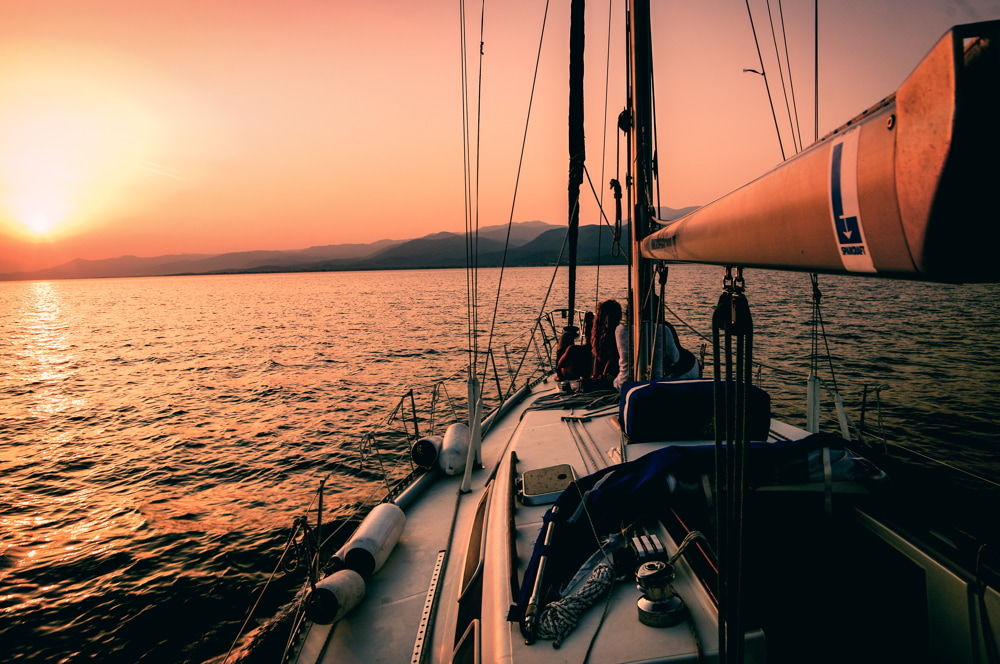
Best Ways to Avoid Overloading Your Boat
Every boat comes with a manufacturer-specified weight capacity that must not be exceeded. Staying within this limit is critical for your safety and your boat’s performance. Always consult your boat’s manual or contact the manufacturer for precise weight capacity information.
Distributing Weight Effectively
Even if your boat is within its weight limit, how you distribute that weight is essential. To maintain balance and stability, ensure weight is evenly distributed. Avoid placing an excessive load on one side, which can cause tilting and, potentially, capsizing.
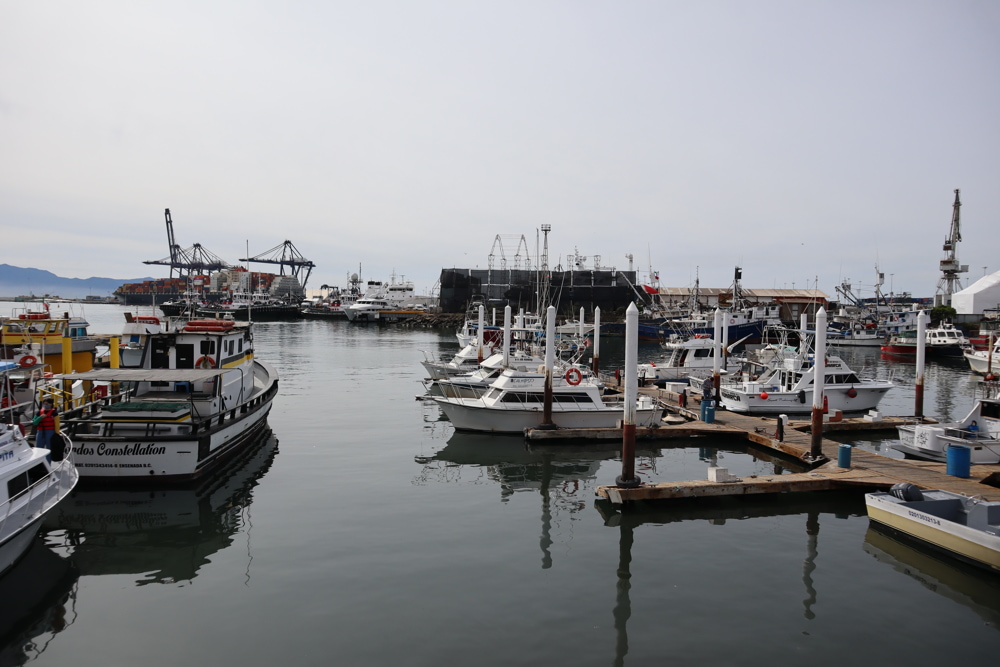
Essential Equipment and Safety Measures
Always carry essential safety equipment, such as life jackets, flotation devices, fire extinguishers, and communication tools. Regularly inspect these items to guarantee they are in good working condition. These precautions can be lifesavers in emergency situations.
Weather and Environmental Factors
Before setting out on the water, it’s vital to check the weather conditions. Strong winds, storms, and turbulent waters can make your boat more susceptible to overloading and instability. Avoid boating in adverse conditions whenever possible to ensure safety.
Navigation and Handling Tips
Master proper navigation and handling techniques to enhance safety. Avoid sudden maneuvers and changes in speed, as these actions can raise the risk of overloading and accidents. Consistent and cautious handling is key to maintaining stability.
Regular Maintenance
Regularly maintain your boat by checking for leaks, hull damage, and structural issues. Proper maintenance ensures your vessel remains in excellent condition and is less prone to overloading. This not only enhances safety but also extends the life of your boat.
Understanding Overloading Consequences
Comprehending the consequences of overloading is crucial. It can result in severe accidents, injuries, and even loss of life. Prioritizing safety is paramount when boating to mitigate these risks effectively.
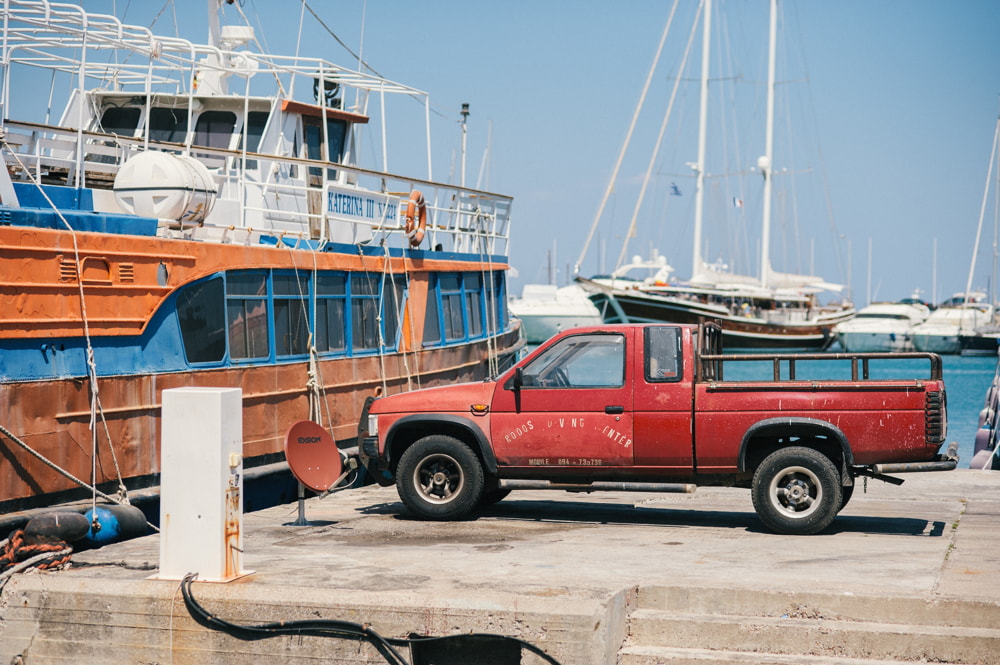
Legal Regulations
Familiarize yourself with local boating regulations and laws. Different regions may have specific rules regarding weight limits, safety equipment, and navigation. Complying with these regulations is not only essential for safety but also for avoiding legal complications.
| Boat Type | Size Range (Length) | Weight Capacity |
|---|---|---|
| Pontoon Boat | 16 – 30 feet | 1,000 – 4,000 lbs |
| Sailboat | 16 – 50 feet | 1,000 – 20,000 lbs |
| Fishing Boat | 12 – 22 feet | 500 – 2,500 lbs |
| Speedboat | 16 – 30 feet | 800 – 4,000 lbs |
| Canoe | 12 – 17 feet | 500 – 1,000 lbs |
| Kayak | 8 – 16 feet | 250 – 600 lbs |
| Yacht | 30 – 100+ feet | 10,000 – 100,000 lbs |
Related Questions
What happens if I exceed my boat’s weight limit?
Exceeding your boat’s weight limit can result in reduced stability, a higher risk of capsizing, and potential structural damage. It’s crucial to stay within the recommended limits.
Are bigger boats safer when it comes to overloading?
Not necessarily. All boats have weight limits, and exceeding them can compromise safety, regardless of the boat’s size.
How can I determine my boat’s weight capacity?
Refer to your boat’s manual or contact the manufacturer for precise weight capacity information.
Conclusion
In conclusion, prioritizing safety is the key to avoiding overloading your boat. Understand your boat’s weight capacity, distribute weight evenly, adhere to legal regulations, and maintain your vessel properly. Additionally, being mindful of weather conditions can contribute to a safe and enjoyable boating experience. Always remember that safety on the water should be your top priority.

